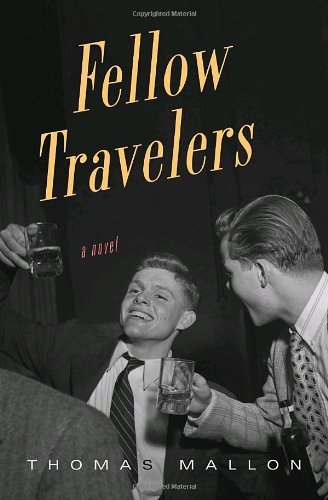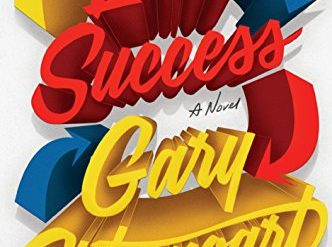
Only American history majors are likely to be aware that America’s first Red Scare unfolded in 1886, sparked by the Haymarket affair in Chicago. That blood soaked event was a demonstration by workers calling for an eight-hour day which led to widespread persecution of men, usually foreign born, who were viewed as anarchists. In a new book about the Red Scare, the gifted novelist Thomas Mallon writes about one that was less violent but even more consequential.
Estimated reading time: 4 minutes
Thirty-three years after the Haymarket affair, following a wave of anarchist bombings in the wake of World War I, Attorney General A. Mitchell Palmer recruited a 23 year old named J. Edgar Hoover to locate and deport hundreds of anarchists, Communists, and other assorted leftists.
Dial the clock forward nearly another thirty years to the anti-Communist frenzy following World War II that rose to a crescendo in the 1950s with the histrionic hearings presided over by Wisconsin Republican Senator Joseph McCarthy. Thomas Mallon’s novel, Fellow Travelers, skillfully recreates the mood prevailing in Washington, DC, during McCarthy’s witch-hunt, placing fictional characters in solidly researched historic circumstances.
Fellow Travelers by Thomas Mallon (2007) 368 pages ★★★★★
America’s third Red Scare
To appreciate Mallon’s tour de force to the fullest, you might need to be in my age cohort (yes, north of 70). Reading Fellow Travelers was a lot like old home week for me: the book is filled with references to the federal officials, celebrities, and signature events of the 1950s. Since Thomas Mallon was born only in 1951 and would have been just nine years old when the decade ended, it’s safe to assume that he had to do a great deal of reading and research to recreate the flavor of those times.
It’s well known that McCarthy and his collaborators — as well as those who knuckled under to their strong-arm tactics — targeted not just Communists but anyone left of center, including outspoken liberals, progressives, and unaffiliated socialists. Anyone who resisted the Red Scare found themselves in McCarthy’s cross-hairs and frequently lost their jobs as a result. Among them were not only officials in the State Department and the Army and Hollywood personalities, all of whom have received a great deal of attention, but also teachers and administrators on campuses throughout the country and employees in private companies as well.
It’s less well known that gay men, too, were driven out of their jobs as “security risks,” presumably because they were vulnerable to blackmail. (Whether lesbians were also targeted is unclear in the context of this gay love story, and I have no personal knowledge to answer the question). The McCarthy years were one of the darkest periods in American history.
A gay love story set against the background of the Red Scare
Fallon deftly weaves together two themes in Fellow Travelers: the rise and fall of Joseph McCarthy and the love between two men, one of them a senior government official. There’s irony — perhaps what might be called a double entendre — in the title as a result, as the two central characters were “fellow” travelers on the unconventional path they’d chosen.
About the author
Thomas Mallon is the author of seven nonfiction books and eight novels as well as numerous magazine articles, critical essays, and reviews. I’ve previously reviewed his two most recent novels, Watergate and Finale (about the final years of Ronald Reagan’s administration). Both were outstanding works of political fiction.
For related reading
Check out The five best novels about politics.
I’ve also reviewed four other political novels by Thomas Mallon:
- Finale: A Novel of the Reagan Years (Ronald Reagan deconstructed in a new novel)
- Watergate (Watergate through a novelist’s eyes)
- Dewey Defeats Truman (A terrific political history novel)
- Landfall (A novelist’s sympathetic portrait of George W. Bush)
If you enjoy reading history in fictional form, check out 20 most enlightening historical novels. And if you’re looking for exciting historical novels, check out Top 10 historical mysteries and thrillers.
You might also care to take a look at the Top 10 nonfiction books about politics.
And you can always find my most popular reviews, and the most recent ones, on the Home Page.




























Hi,
I have read 3 posts on your portal – all of them are very good.
I added malwarwickonbooks.com to favourite websites.
What do You think about president election in USA? Who will win?
Greetings!
name
Thank you!
I think Hillary Clinton is going to win. The odds are at least 8 to 1 in her favor.